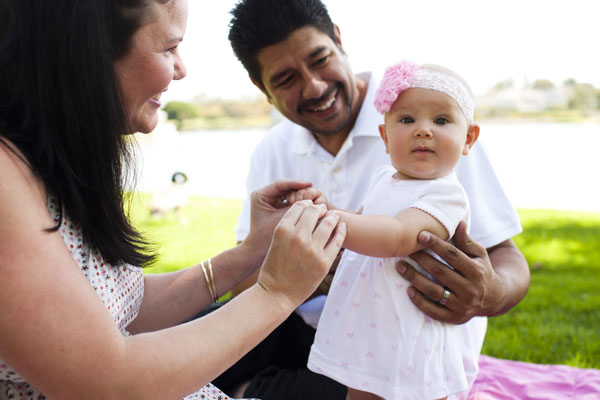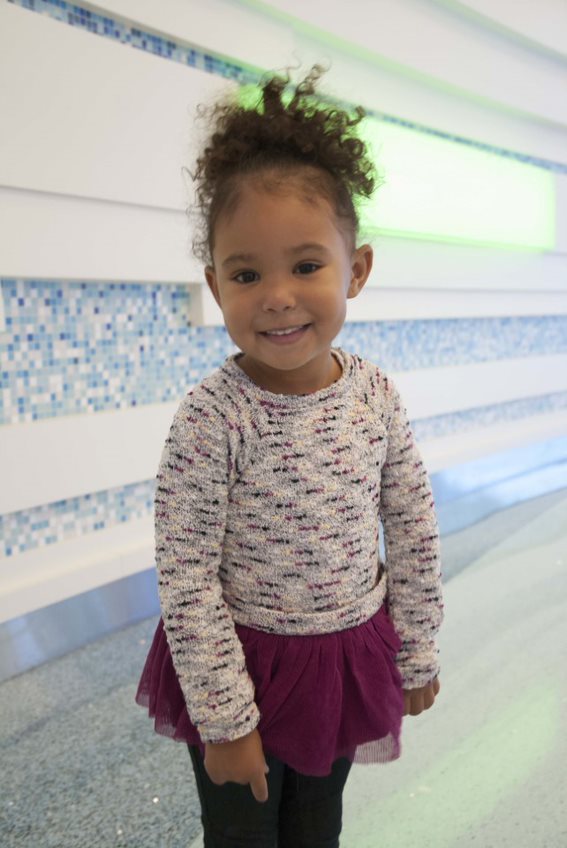Frequently Asked Questions About Brachial Plexus
What is the brachial plexus?
The brachial plexus is a group of nerves on each side of the neck that branches down into the chest, shoulders, arms and hands. These nerves control the motions and feeling of the wrists, hands and arms.
What happens when the brachial plexus is damaged?
The brachial plexus can be damaged in many ways-—from pressure, stress or being stretched too far. Damage to the nerves cuts off communication between the spinal cord and the arm, wrist and hand. This may mean that a child can’t use their arm or hand. Damage to the brachial plexus can also cause loss of sensation in these areas.
The severity of a damaged brachial plexus varies. In some people, function and feeling returns to normal. Others may have lifelong issues because they can’t use or feel a part of the arm.
What causes damage to the brachial plexus?
The most common type of damage happens when the neck is tilted while traction happens on the other side of the neck. However, injuries are varied, and can happen from motor vehicle accidents, falls, athletic injuries (especially contact sports), and childbirth.
What are the symptoms of brachial plexus nerve damage?
Symptoms depend on where along the length of the brachial plexus the damage happens and how severe it is. The most common symptoms are inability to move or control the arm, wrist or hand; an arm that hangs limply; and no feeling in the hand or arm.
How is brachial plexus nerve damage diagnosed?
At your child’s first appointment with the Brachial Plexus Program, a pediatric plastic surgeon and an occupational therapist will provide a comprehensive examination of your child’s hand and arm function and sensation, to help diagnose brachial plexus nerve damage. The team will discuss a treatment plan with your family, provide a home program to facilitate recovery and refer to therapy services, which are a critical part recovery.
Other diagnostic tests that may be used include:
- MRI scan
- CT scan
- Tests to determine nerve function and electrical activity, including a nerve conduction study and electromyogram
- X-ray of the neck and shoulder area
How is brachial plexus nerve damage treated?
Physical and occupational therapy can help restore functional movement and flexibility in your child’s arms and hands. Approximately 10 percent of children with brachial plexus nerve damage also require surgery to repair the damage. Following treatment, your child will have regular checkups to monitor their recovery and ensure they are meeting functional milestones. Learn more about rehabilitation and surgical treatments for the brachial plexus.
 During childbirth, a baby’s brachial plexus may get stretched, resulting in brachial plexus birth palsy (sometimes called Erb’s palsy). This affects between 1 and 2 babies in every 1,000 births. Large babies may be at an increased risk for brachial plexus damage. Babies in breech position (bottom end comes out first) and those whose labor lasts an unusually long time may also have brachial plexus damage.
During childbirth, a baby’s brachial plexus may get stretched, resulting in brachial plexus birth palsy (sometimes called Erb’s palsy). This affects between 1 and 2 babies in every 1,000 births. Large babies may be at an increased risk for brachial plexus damage. Babies in breech position (bottom end comes out first) and those whose labor lasts an unusually long time may also have brachial plexus damage.













